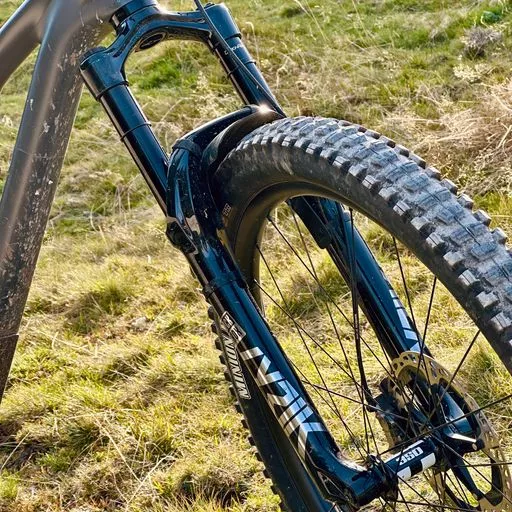
Mountain bike fork service know-how
Mountain biking is an exhilarating outdoor activity that demands a lot from your equipment, especially your bike’s fork. The fork is a critical component that absorbs impacts, smoothens out the ride. It also contributes significantly to your overall biking experience. To ensure optimal performance and longevity, a regular mountain bike fork service is essential. In this guide, we’ll explore what you need to know about fork services. This post also covers how to prevent issues, and how often to perform maintenance.
Understanding the Basics of a mountain bike fork service:
A mountain bike fork consists of several components, including stanchions, bushings, seals, and springs or air chambers. This is depending on the type of fork. Over time, these components can wear out due to the constant stress of off-road riding.
Key Signs that Your Fork Needs Service:
- Loss of Performance: If you notice a decrease in the fork’s ability to absorb bumps and impacts, it’s a clear sign that a service is overdue.
- Leaking Oil: Oil leakage around the fork seals is a common issue which can be fixed with a mountain bike fork service. Damaged seals can allow dirt and moisture to enter, affecting the fork’s performance.
- Unusual Noises: Creaking, clunking, or other unusual sounds can indicate problems within the fork. These noises might be a result of worn-out bushings or damaged internals.
- Stiction: Stiction refers to a sticky or jerky motion when compressing or rebounding the fork. This could be due to insufficient lubrication or worn-out internal components.
Preventive Measures:
- Regular Cleaning and Inspection: Keep your fork clean and inspect it regularly for any signs of wear, damage, or oil leakage. Clean the stanchions and seals after each ride to prevent the buildup of dirt and debris.
- Proper Adjustment: Ensure that your fork is set up correctly for your riding style, weight, and preferences. Incorrect settings can lead to premature wear and reduced performance.
- Seal Maintenance: Fork seals play a crucial role in preventing contaminants from entering the fork. Regularly check and replace damaged seals to maintain optimal performance.
- Lubrication: Keep the fork’s moving parts well-lubricated to reduce friction and wear. Follow the manufacturer’s recommendations for the type and frequency of lubrication.
How Often to do a mountain bike fork service:
The frequency of fork service depends on various factors, including your riding style, frequency, and the conditions you ride in. As a general guideline:
- Basic Maintenance: Clean and inspect your fork after every ride. Wipe down the stanchions and check for any visible damage or oil leakage.
- Regular Service: Depending on your riding intensity and conditions, perform a comprehensive fork service is a good idea. It includes seal replacement and internal inspection, every 50 to 100 hours of riding.
- Professional Overhaul: Consider a professional fork overhaul, including damper and air spring service, every 100 to 200 hours of riding or at least once a year.
Taking care of your mountain bike fork is crucial for a smooth and safe riding experience. By understanding the signs that your fork needs attention, practicing preventive maintenance, and scheduling regular services, you can ensure that your fork performs at its best, allowing you to conquer any trail with confidence. Remember, a well-maintained fork not only enhances your biking experience. Moreover it also contributes to the longevity of your beloved mountain bike. So there are many actions to prevent mountain bike fork service. We hope telling you about them will help you.
Do not forget to download SAGLY. SAGLY has a built in maintenance feature. This feature lets you connect your SAGLY app with Strava and based on your riding hours SAGLY will suggest you maintenance intervals. This will help you to prevent damages and to carry out mountain bike services on time.
Download SAGLY, a complete mobile guide, which helps you set up your MTB settings and maintain your bike.

